Mouse-Eared Chickweed
- Pink (Caryophyllaceae family):
- Cerastium fontanum Baumg.
- EPPO code:
- CERVU
- Other names:
- Mouse ear chickweed, large mouse ear chickweed, mouse-ear
Species information
- Lifecycle:
- Annual, but more commonly perennial.
- Propagation:
- Mouse-eared chickweed reproduces by seed and by horizontal stems that root at the nodes forming dense patches.
- Emergence:
- Seed will germinate throughout the season; established plants will remain dormant over the winter, but will resume growth at relatively cool temperatures.
- Habitat:
- Mouse-eared chickweed is found throughout Ontario in a wide range of habitats, including in cultivated fields, but is most common in turf.
Identification clues
Seedling
- Cotyledons:
- They are small oval and shiny green with a very short petiole.
- First leaves:
- They are oval, dark green in colour and have hairy entire margins and a pointed tip. They grow in opposite orientation. The petioles are hairy.
- Mature leaves:
- The mature leaves of mouse-eared chickweed are similar to its younger leaves.
Mature plant
- Stem:
- Its stem is prostrate and densely hairy with swollen nodes that root into the soil when they come into contact.
- Flowers:
- Mouse-eared chickweed has very small flowers with five white two-lobed petals, which gives it the appearance of having 10 petals.
- Fruit:
- The fruit of mouse-eared chickweed is contained in an oval capsule. It is reddish- brown to rusty in colour and triangular to angular shaped.
- Roots:
- Fibrous roots, because of its prostrate habit, it can form new roots at the nodes.
Note of interest
Mouse-eared chickweed has very hairy, round to ovate leaves shaped like mouse ears, hence the name.
Often mistaken for
I know it's not Grass-leaved stitchwort because grass-leaved stitchwort is hairless compared to the densely hairy mouse-eared chickweed.
I know it's not Common chickweed because mouse-eared chickweed is dark green and has densely hairy leaves and stems while chickweed is pale green and is almost hairless except for a single line of hair on one side of the stem.
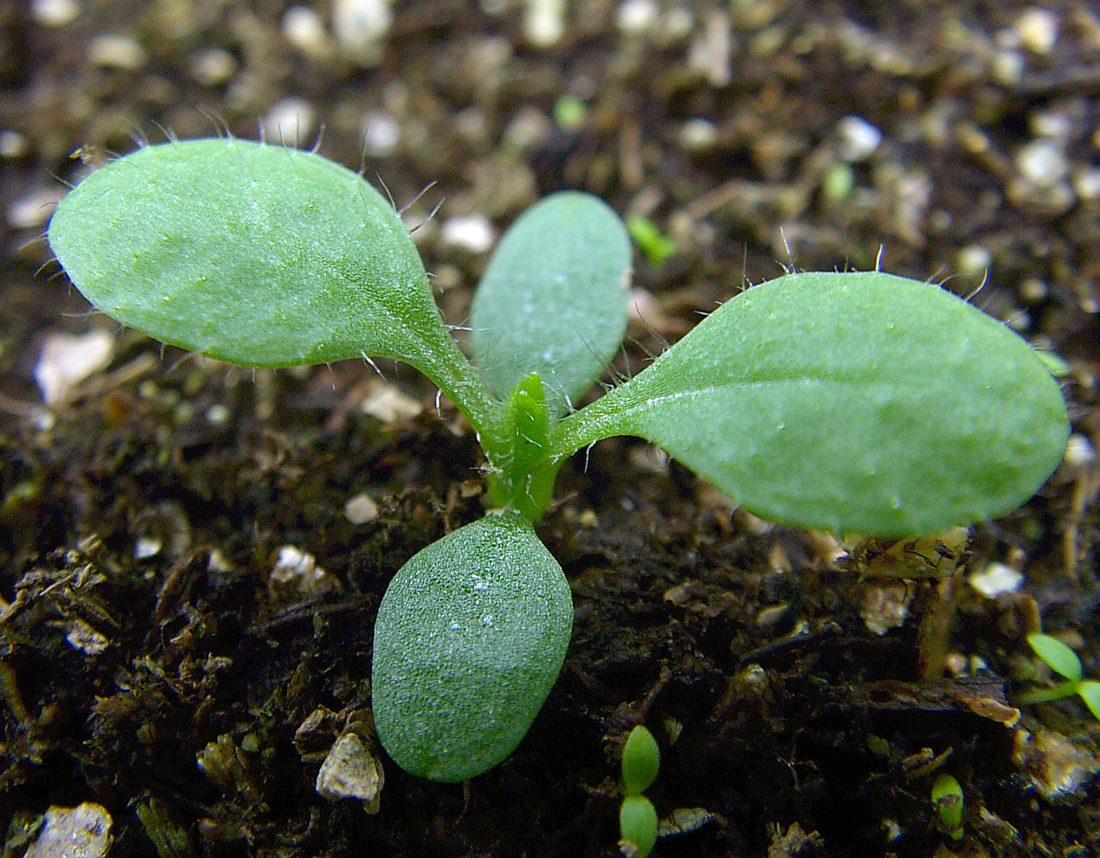
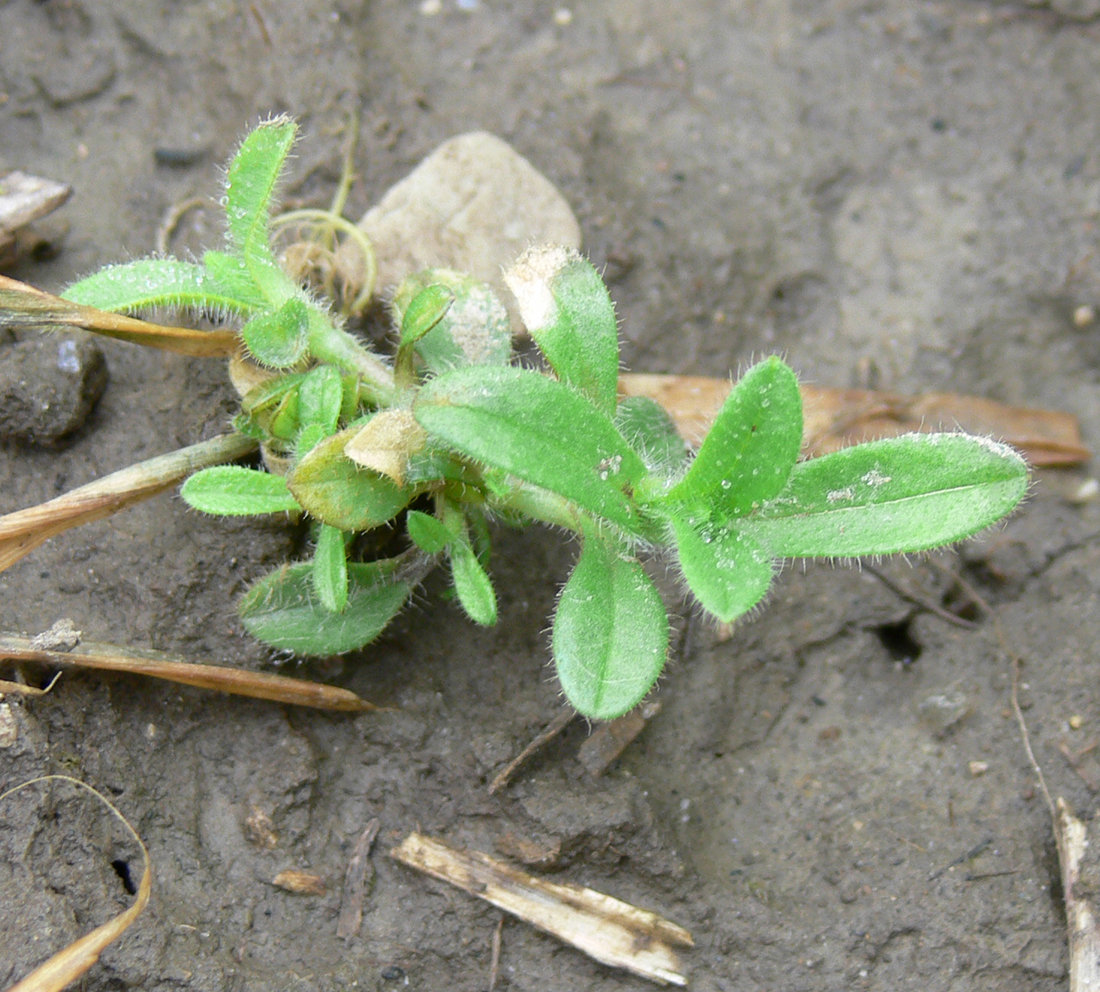
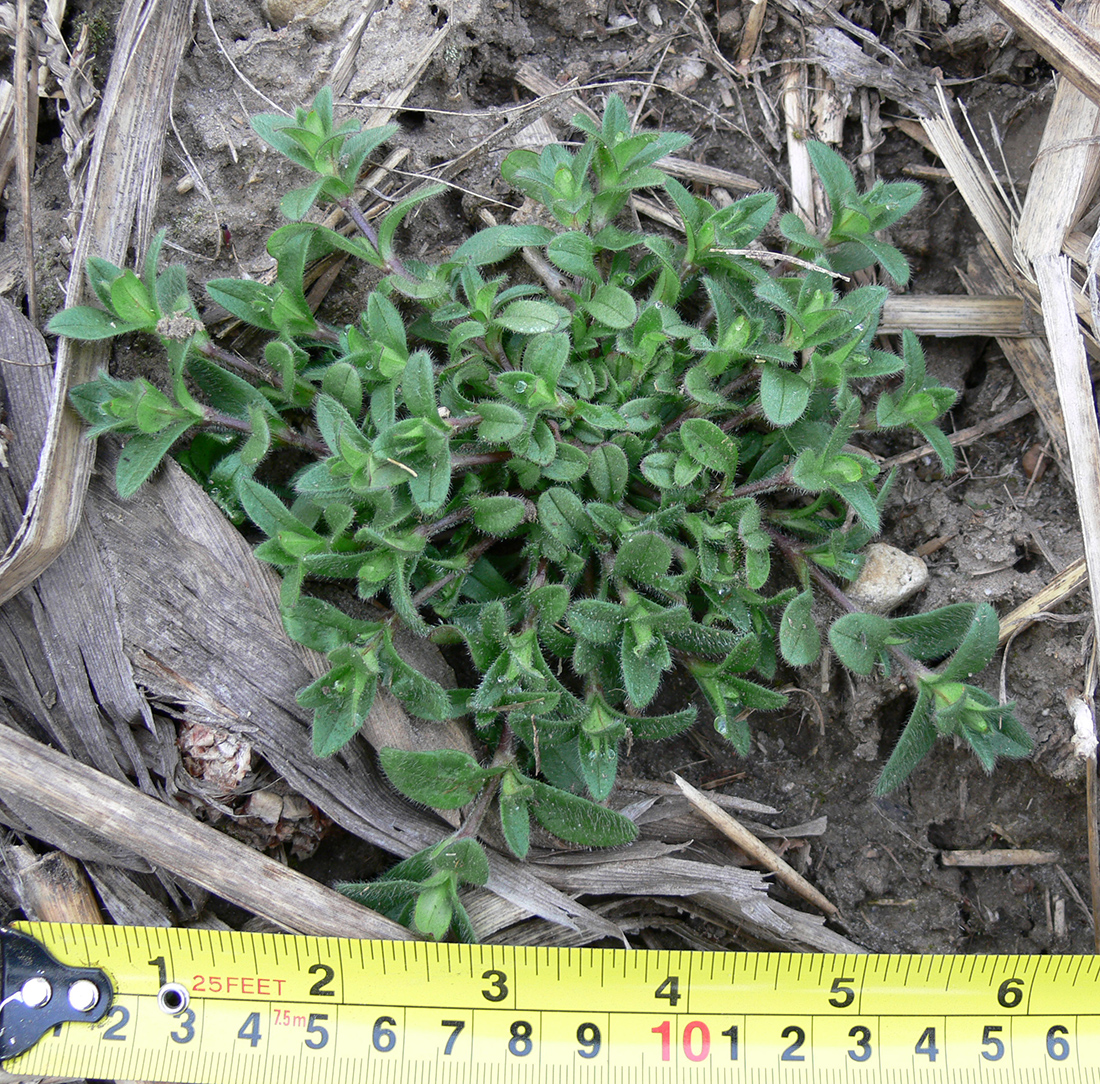
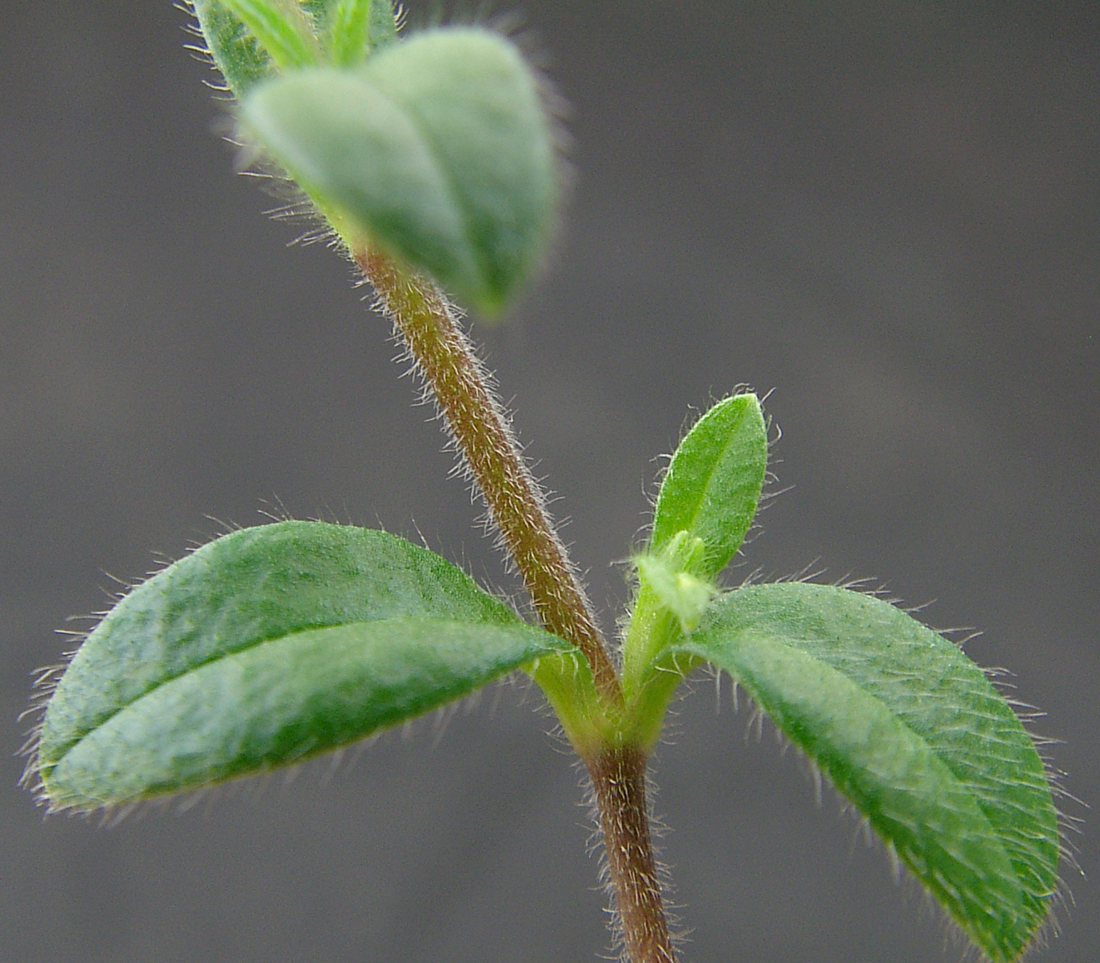
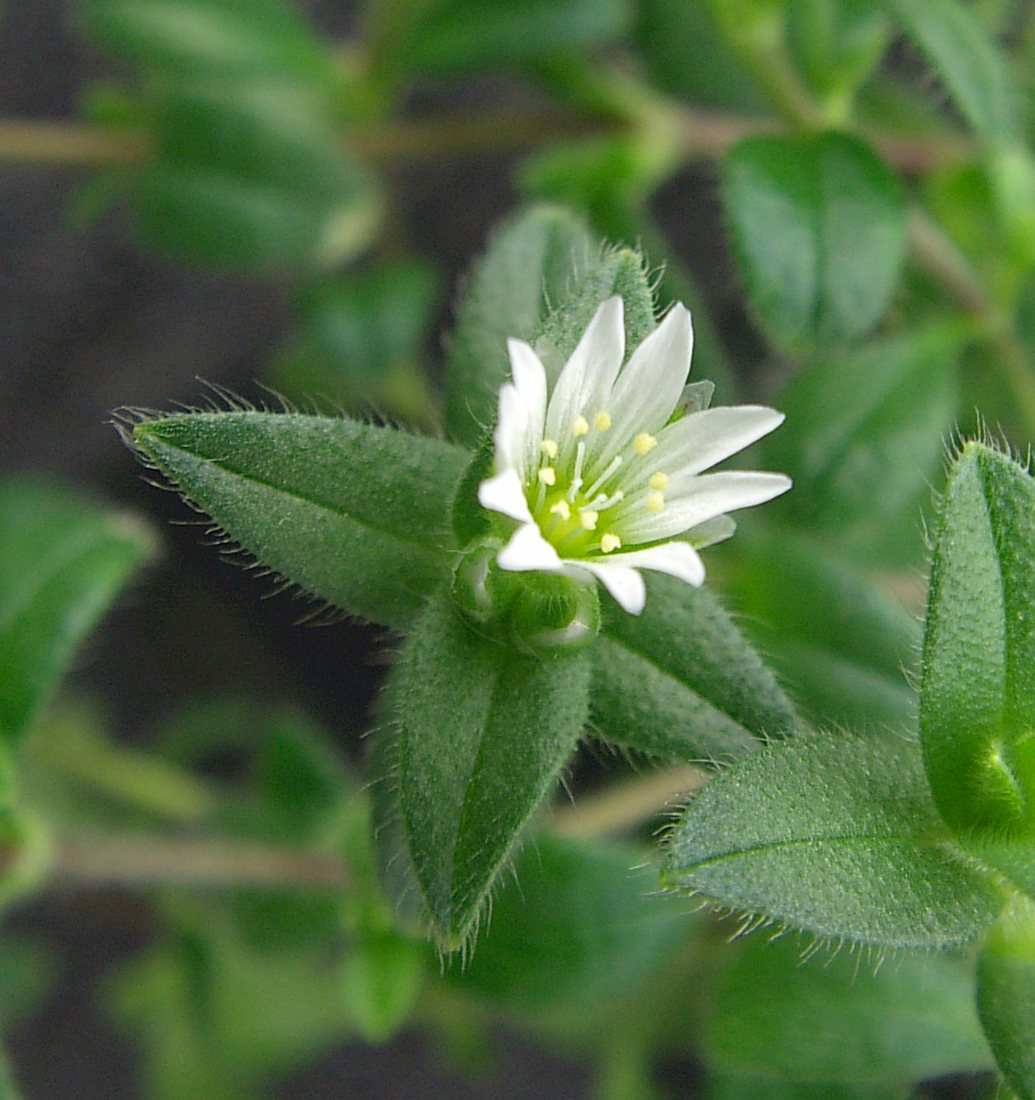
Updated: January 13, 2023
Published: January 13, 2023